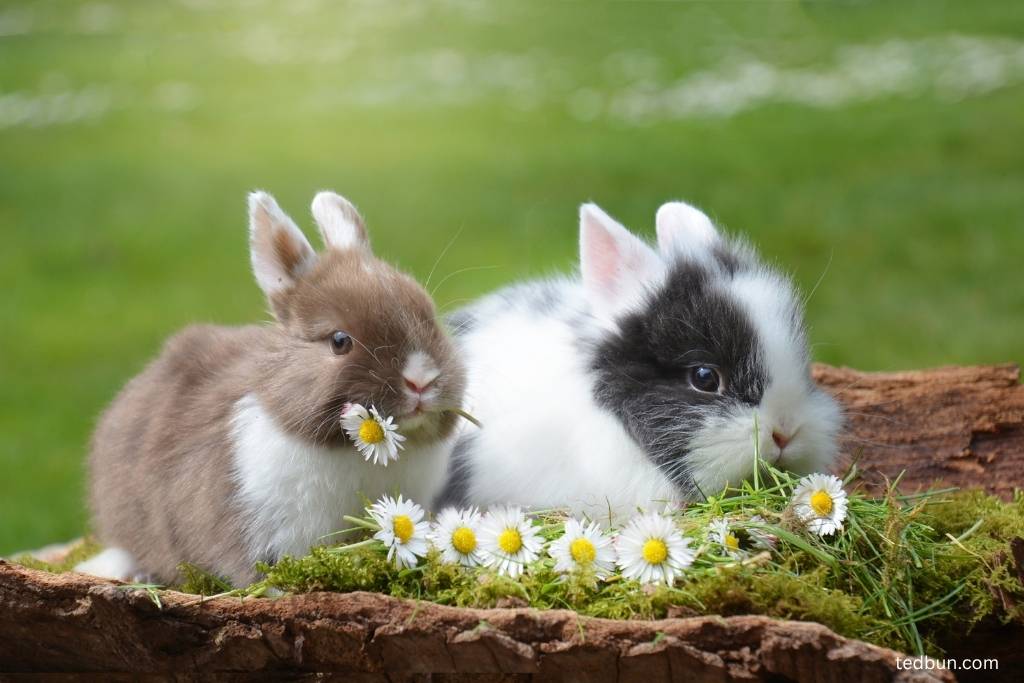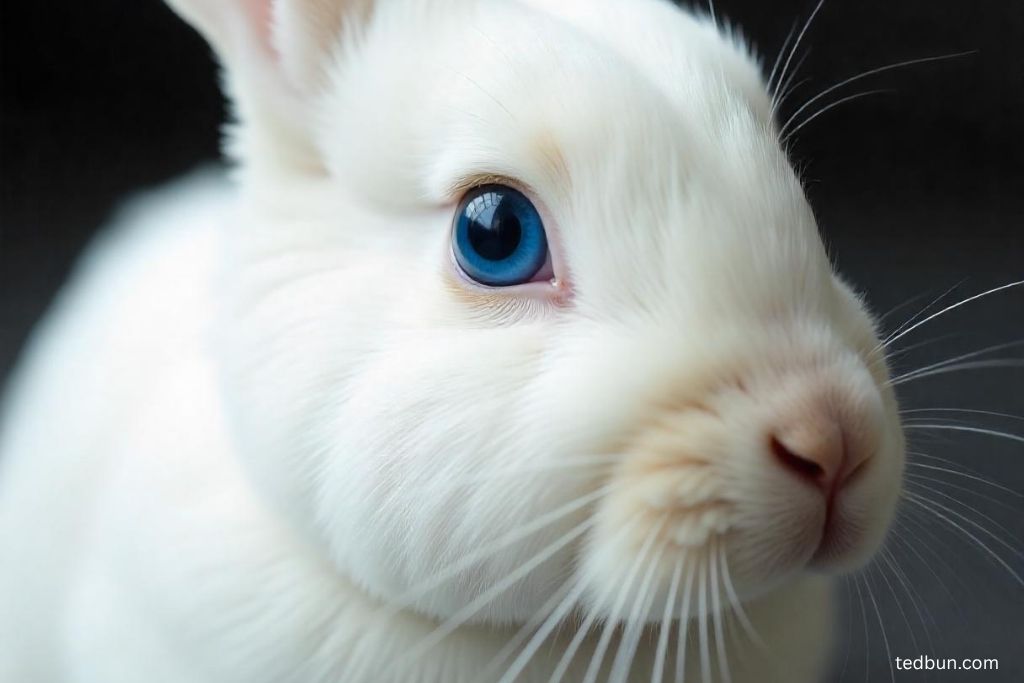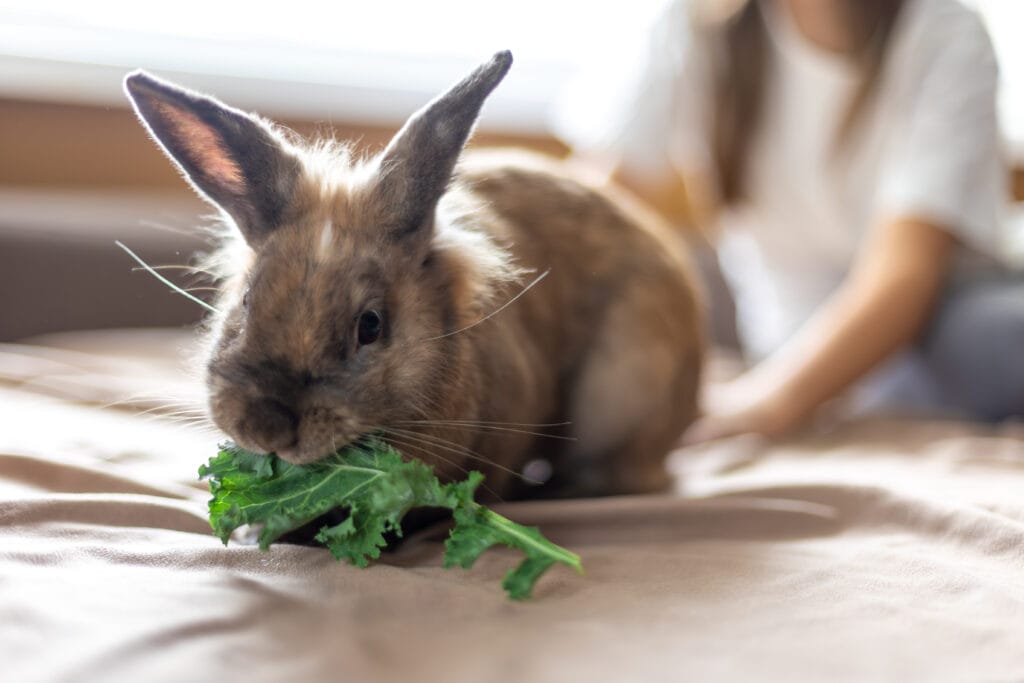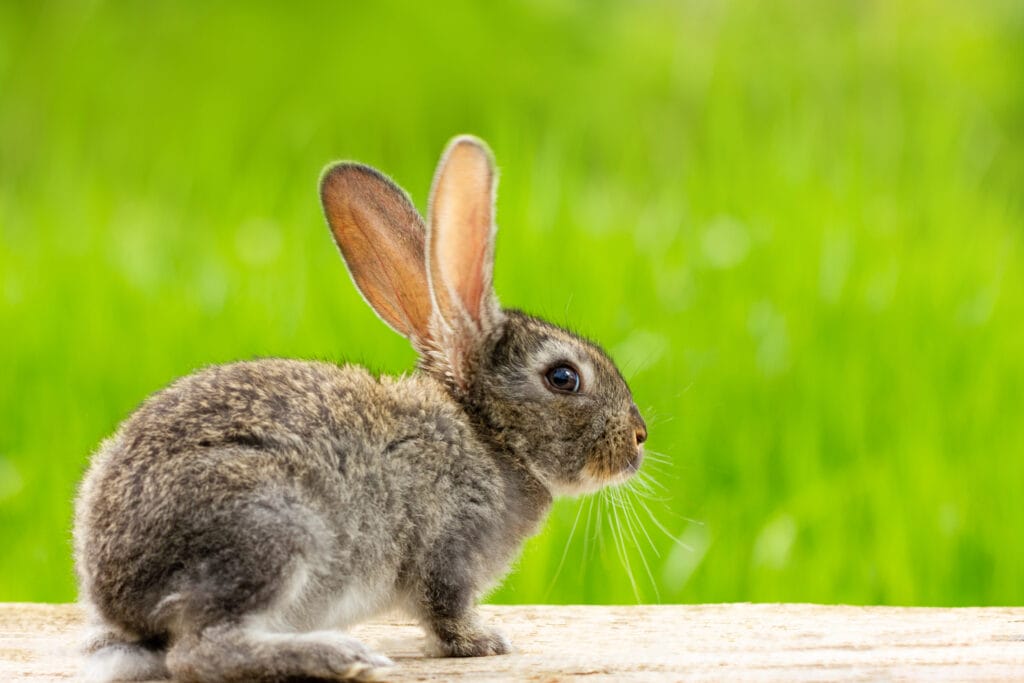Introduction
Rabbits are a kaleidoscope of beauty, and their bunny colors reveal so much about their charm, genetics, and even personality. From the vibrant orange bunny to the subtle shimmer of a Siamese Sable, every shade tells a story. Have you ever wondered what color are rabbits’ eyes or if bunnies are color blind?
This post explores the dazzling world of bunny colors, from fur patterns to rabbit eye colors, and shares practical tips to keep your rabbit’s coat and spirit shining. Let’s hop into this colorful journey and discover what makes your bunny unique!

Common Bunny Fur Colors
Rabbits come in a stunning array of fur colors and patterns, each tied to their breed and genetics. Below, we break down the most common bunny colors, offering insights into their beauty and care needs.
1. Agouti: The Wild Rabbit Look
The Agouti pattern mimics the natural hues of wild rabbits, with banded hairs creating a mix of chestnut, gray, or tan. Each hair has multiple color bands, giving bunnies a speckled, earthy appearance. Breeds like the American Rabbit often sport this pattern, which blends beautifully in natural settings. Regular brushing keeps the Agouti coat vibrant, as dust can dull its layered shine.
2. Self Colors: Bold and Solid
Self-colored rabbits have a single, uniform hue across their body, making them stand out for their simplicity. Common self bunny colors include:
- Black: Deep and glossy, seen in breeds like the Havana.
- Blue: A soft, slate-like shade, popular in Dwarf Hotots.
- Chocolate: A rich, warm brown, often found in Rex rabbits.
- Lilac: A pale, silvery-purple tone, rare and delicate.
These solid colors need consistent grooming to maintain their sleek look, especially for show rabbits.
3. Shaded Group: Elegant Gradients
Shaded bunny colors feature darker points on the ears, nose, and feet, blending into lighter bodies. Popular examples include:
- Siamese Sable: A creamy body with dark brown points, resembling a Siamese cat.
- Tortoise: A mix of black, cream, or orange, creating a mottled effect.
These patterns, often seen in Mini Lops, add a touch of elegance. Shaded bunnies may need extra attention to their darker areas, where dirt can accumulate.
4. Broken Pattern: A Splash of White
The Broken pattern combines any color with white patches, creating striking designs like the Butterfly, where white frames a colored “butterfly” shape on the face. This pattern, common in Dutch rabbits, is a favorite for its playful look. Owners of Broken bunnies should check white patches for staining, especially around the eyes or hindquarters.
5. Orange and Fawn: Warm and Vibrant
An orange bunny or its softer cousin, the Fawn, brings warmth to any hutch. These bunny colors, seen in breeds like the Holland Lop, range from bright tangerine to pale peach. Their cheerful hues make them a hit with pet owners, but their lighter coats can show dirt, so regular cleaning is key. Want to keep that orange bunny glowing? Brush weekly and provide a clean hutch—check our rabbit grooming tips for more.

Rabbit Eye Colors: What You Need to Know
When people ask, “What color are bunnies’ eyes?” or “What color eyes do rabbits have?”, the answer is as varied as their fur. Rabbit eye colors add another layer of charm to these pets, often reflecting their genetics or breed. Let’s explore the spectrum of bunny eye colors and what they mean.
Common Eye Colors
Most rabbits have warm brown eyes, a classic trait across breeds like the Flemish Giant. However, some bunnies surprise with blue, ruby-red, or even marbled eyes. These variations often tie to specific genes or breeds, making them a window into your rabbit’s heritage. For example, a rabbit with blue eyes might carry the Vienna gene, while brown eyes are standard in many breeds.
Blue Eyed White (BEW): A Rare Gem
The Blue Eyed White (BEW) rabbit is a showstopper, with snowy white fur and striking blue eyes. Breeds like the Netherland Dwarf often display this trait, linked to the Vienna gene. These bunnies are rare, and their vivid bunny eye colors make them a favorite among enthusiasts. However, their white fur requires extra care to prevent yellowing from urine or dirt.
Red Eyed White (REW): The Albino Glow
Red Eyed White (REW) rabbits, often associated with albinism, have white fur and glowing red or pink eyes. This rabbit eye color results from a lack of pigment, giving their eyes a translucent, ruby-like shine. Breeds like the New Zealand White commonly show this trait. Owners should monitor REW rabbits for eye sensitivity, as their lack of pigment can make them prone to irritation.
Rare Eye Colors: Heterochromia and Beyond
Some rabbits, particularly those with the Vienna gene, may have sectoral heterochromia, where each eye is a different color or one eye has multiple colors (e.g., blue and brown). This rare bunny eye color is a genetic quirk, often seen in breeds like the Mini Rex. If you’re curious about what color are rabbits’ eyes in your bunny, consult a vet or breeder to explore their genetic background.
To help visualize, here’s a rabbit eye color chart in table form:
| Eye Color | Description | Associated Breeds | Care Notes |
|---|---|---|---|
| Brown | Warm, common across breeds | Flemish Giant, Holland Lop | Minimal eye care needed |
| Blue (BEW) | Vivid blue, tied to Vienna gene | Netherland Dwarf, Dwarf Hotot | Monitor for irritation |
| Red (REW) | Red/pink, linked to albinism | New Zealand White, Californian | Protect from bright light |
| Heterochromia | Two colors in one or both eyes | Mini Rex, Vienna-marked breeds | Check for vision issues regularly |
Fun Fact: Rabbit eye colours can hint at your bunny’s breed or health—schedule a vet visit to learn more about your pet’s unique traits.
Are Bunnies Color Blind?
A common question among rabbit owners is, “Are bunnies color blind?” The answer lies in understanding how rabbits see the world, which differs from human vision. Let’s break it down.
Rabbit Vision Basics
Rabbits have a wide field of vision—nearly 360 degrees—perfect for spotting predators. However, their eyes are less adept at processing colors. Unlike humans, who see a full spectrum, rabbits have fewer cone cells in their retinas, limiting their color perception. This makes bunny colors in their environment less vibrant to them than to us.
Color Perception
Studies show rabbits can distinguish blues and greens but struggle with reds and oranges. So, while an orange bunny looks stunning to you, your rabbit may not perceive its own fiery hue. Instead, they rely on contrast and movement to navigate. This partial color blindness doesn’t hinder their happiness but influences how they interact with their surroundings.
Impact on Care
Knowing are bunnies color blind can shape how you enrich their environment. For example:
- Choose toys in blue or green to catch their attention, as these colors are more visible to them.
- Avoid red or orange toys, which may blend into their environment.
- Use high-contrast patterns in their hutch to stimulate their vision.
For more ideas, explore our rabbit toy tips to create a bunny-friendly space that sparks joy.
Rare Rabbit Colors and Patterns
Beyond common bunny colors, some rabbits boast rare rabbit colors and patterns that make them stand out. These unique hues often appear in show rabbits or specific breeds, adding a touch of magic to the rabbit world.
1. Cinnamon and Lynx: Warm and Silvery Tones
The Cinnamon pattern, an Agouti variation, blends warm browns with a reddish glow, often seen in breeds like the American Chinchilla. The Lynx, another Agouti type, has a silvery, lilac-tinged coat that’s less common. These rare rabbit colors require careful breeding, making them a treat to spot in pet or show settings.
2. Chocolate Tort and Lilac Tort: Rich Blends
Chocolate Tort and Lilac Tort are shaded patterns with rich, blended hues. Chocolate Tort mixes deep brown with creamy tones, while Lilac Tort offers a softer, purple-gray blend. These rare rabbit colors are uncommon in pet stores, often found in breeds like the Mini Lop. Their coats need regular brushing to maintain their glossy finish.
3. Marten and Pointed White: Show-Stoppers
The Marten pattern, with its sleek, otter-like markings, features a solid body with white accents on the face, feet, and tail. Pointed White, similar to the Himalayan breed, has a white body with dark points (ears, nose, feet) in colors like black or blue. These patterns are prized in show circles for their striking contrast and rarity.
4. How to Spot Rare Colors
Finding rare rabbit colors often means working with reputable breeders who specialize in specific breeds or genetics. Look for:
- Breeder Certifications: Choose breeders registered with organizations like the American Rabbit Breeders Association (ARBA).
- Health Records: Confirm the rabbit’s lineage and health to avoid genetic issues.
- Show Events: Attend rabbit shows to see rare rabbit colors like Marten or Cinnamon in person.
Always adopt from ethical sources to support healthy breeding practices and happy bunnies.
Caring for Your Colorful Bunny
The beauty of bunny colors goes beyond aesthetics—proper care keeps your rabbit’s coat and eyes vibrant. Here’s how to tailor your care routine to your bunny’s unique hues.
Grooming by Color
Different bunny colors require specific grooming approaches:
- Light-Colored Bunnies (e.g., BEW, REW): White fur shows stains easily, especially around the eyes or hindquarters. Use a damp cloth and pet-safe cleaner to gently remove dirt.
- Dark or Shaded Coats (e.g., Siamese Sable): Dust can dull darker points, so brush weekly with a soft brush.
- Long-Haired Breeds (e.g., Angora): Regardless of color, long fur needs daily brushing to prevent matting.
For detailed advice, see our rabbit grooming tips to keep your bunny’s coat pristine.
Diet for Vibrant Fur
A balanced diet is key to maintaining shiny bunny colors. Include:
- Unlimited Hay: Timothy or orchard hay supports healthy digestion and coat quality.
- Fresh Veggies: Leafy greens like kale or parsley provide nutrients for glossy fur.
- Limited Treats: Avoid sugary foods like carrots, which can lead to health issues.
A nutrient-rich diet enhances all bunny colors, from the orange bunny to the Chocolate Tort. Check our rabbit diet tips for a full feeding plan.
Environment Matters
A clean, spacious hutch protects your bunny’s coat and health:
- Space: Provide at least 6ft x 2ft for a single rabbit to move freely.
- Bedding: Use soft, absorbent bedding like aspen shavings to prevent staining on light-colored bunnies.
- Safety: Secure wires and avoid toxic materials to keep your bunny safe.
A well-designed hutch ensures your rabbit’s bunny colors stay vibrant and their eyes bright. For hutch ideas, visit our rabbit housing tips.
Frequently Asked Questions About Bunny Colors 🐰
1. What are the colors of the rabbits?
Rabbits appear in a wide mix of colors such as white, black, gray, tan, brown, and even orange. Some have solid coats, while others display patterns like spots, shaded tones, or agouti (a mix of light and dark bands on each hair). The variety of bunny colors depends mostly on breed and genetics.
2. What is the rarest color of rabbit?
Chocolate, lilac, and blue-grey are among the rarest bunny colors. These shades come from recessive genes, making them less likely to appear in average litters. Albino rabbits—with pure white fur and red eyes—are also quite rare and distinctive.
3. What colors do wild bunnies come in?
Wild rabbits usually have earth-toned fur—mostly brown, gray, or tan. These bunny colors offer natural camouflage, helping them stay safe in forests, fields, and meadows. Unlike domestic breeds, wild bunnies don’t carry colorful coat genes.
4. What is a three color rabbit?
A three color rabbit has a mix of white plus two other distinct shades like orange and black. These patterns often appear in breeds like the Harlequin or English Spot. This bunny color combo makes each rabbit appear unique.
5. Do pink rabbits exist?
Naturally, pink rabbits do not exist. However, albino rabbits may appear pinkish due to their light skin and red eyes. Some staged photos show pink rabbits, but those are usually edited or artificially dyed—which is not safe or healthy for the animals.
6. What is a rainbow rabbit?
The term rainbow rabbit refers to a bunny with a multicolored coat. While no bunny has actual rainbow fur, some show striking blends of bunny colors—like white, gray, tan, and orange—in one coat. This can look very vibrant, especially in certain light.
7. What is a gold bunny?
A gold bunny usually means a rabbit with a rich golden or deep orange coat. One well-known example is the Thrianta breed, famous for its fiery, solid orange fur. This is one of the more visually warm-toned bunny colors.
8. What is a jasper rabbit?
The jasper rabbit isn’t a formal breed but a term some use to describe rabbits with stone-like fur patterns. These may appear in marbled mixes of gray, black, and white. It’s a rare type of bunny color that stands out due to its unusual texture and shading.
9. What is a pink rabbit?
The phrase pink rabbit usually points to albino rabbits or fictional versions. There are no naturally pink-furred bunnies. If you see one, it’s likely digitally colored or altered for artistic purposes.
10. Are bunnies color blind?
Bunnies are not fully color blind. They can see blue and green, but they can’t recognize red shades clearly. This partial color vision helps them navigate daily life without needing full color perception.
Wrapping Up
Bunny colors, from fiery orange bunny fur to striking rabbit eye colours like blue or heterochromia, make every rabbit a work of art. By exploring fur patterns, answering what color are bunnies’ eyes, and learning are bunnies color blind, you can better appreciate your pet’s uniqueness. Caring for their coat and environment—whether it’s a glossy Black Self or a rare rabbit color like Lynx—helps them thrive.
Have a favorite bunny color or pattern? Share it in the comments below, and join our newsletter for more rabbit care tips to keep your bunny hopping happily!


